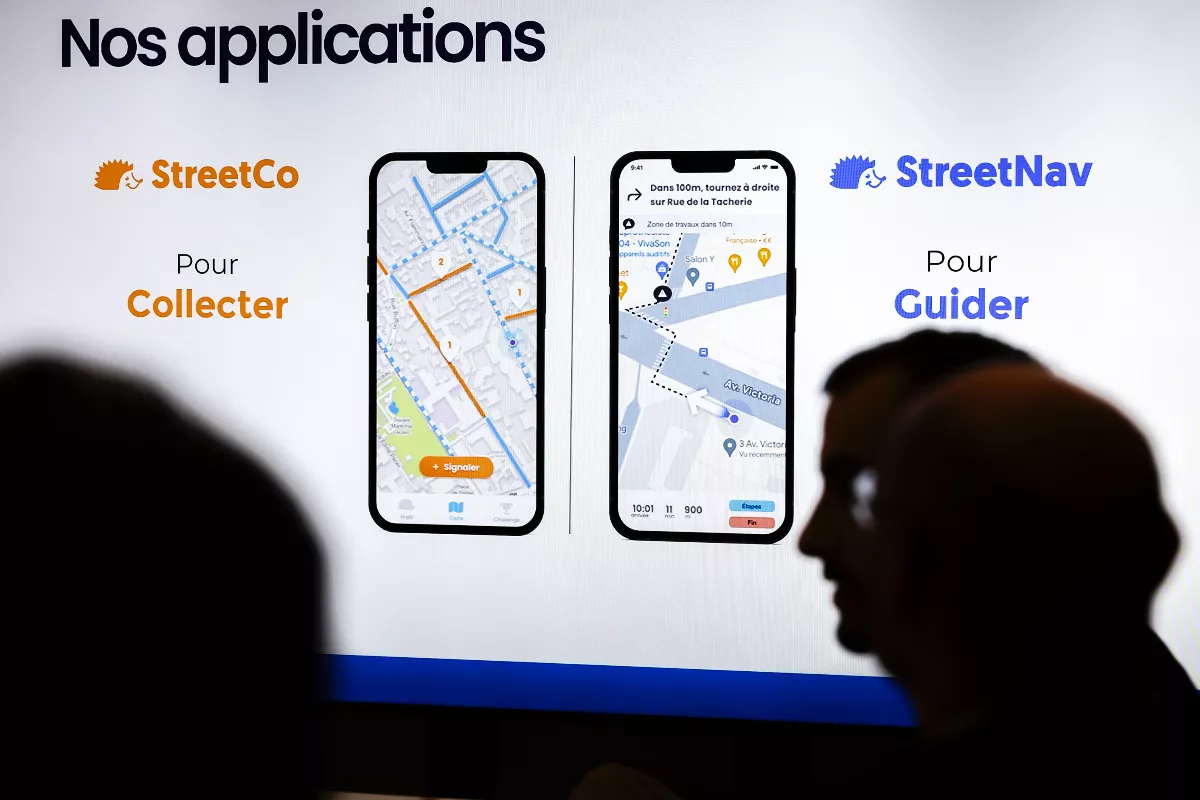Unveiled at a press conference on October 23rd, Street Nav provides real-time route guidance that takes into account stairs, slopes, lifts and roadworks across Monaco’s dense and hilly landscape.
“This achievement reflects our commitment to implementing the Handipact policy aimed at including all people with disabilities,” said Christophe Robino, Minister of Social Affairs and Health. “This application will enable the movement of people with reduced mobility, whether they are residents, employees or visitors.”
The project represents a collaborative effort between the Department of Social Affairs and Health, the direction des services numeriques, and local disability associations, particularly the Association Monegasque Handicapes Moteurs.
Lionel Galfré, technical adviser and disability delegate, highlighted the importance of mobility for social inclusion. “People with disabilities who have mobility difficulties tend to stay at home due to the inadequacy of the world around them,” he said. “The more you stay at home, the more you become desocialised. Enabling people to go out means socialising, being autonomous.”
The development follows the principle of “nothing about us without us”, with people with disabilities placed at the heart of the design process rather than simply being consulted. This approach may have taken additional time but ensured the app would truly work for people’s daily needs.

Tackling Monaco’s unique terrain
Arthur Alba, co-founder of Street Nav, praised Monaco’s commitment despite the territory’s unique difficulties. “If someone had asked me which would be the last city to take on this challenge, I would have said Monaco before meeting you,” he admitted during the conference. “You have what I think is the most difficult territory.”
He describes mapping Monaco’s multi-level infrastructure as “an incredible technical and technological challenge,” with underground pedestrian passages, lifts connecting different street levels, and complex vertical connections requiring precise digital mapping to ensure accessibility information was accurate.

The app works alongside Street Co, a companion application that allows trained local ambassadors and residents to report obstacles in real time. This data feeds directly into Street Nav, ensuring route information remains current.
What is truly remarkable about the app, is that it adapts to individual users’ needs. Rather than simply avoiding obstacles by default, it displays them and allows users to describe whether they can navigate them based on their specific circumstances.
The application also features strong digital accessibility, with simplified interfaces for users with cognitive disabilities and support for blind and visually impaired users through audio guidance and a compass function that vibrates when users face the correct direction.
The app is free to download and requires no account creation or personal information. Additionally, it automatically translates into users’ phone language and currently supports five languages, with more to be added soon.
According to Alba, users of Street Nav typically report going out one additional day per week, which translates to more than 50 extra days per year for people who may otherwise rarely leave home.
Monaco’s adoption has already inspired neighbouring cities in the Alpes-Maritimes region, with Cannes, Beausoleil and Le Cannet deploying the technology soon.
Stay updated with Monaco Life: sign up for our free newsletter, catch our podcast on Spotify, and follow us across Facebook, Instagram, LinkedIn, and Tik Tok.
Main photo credit: Manuel Vitali / Direction de la Communication
